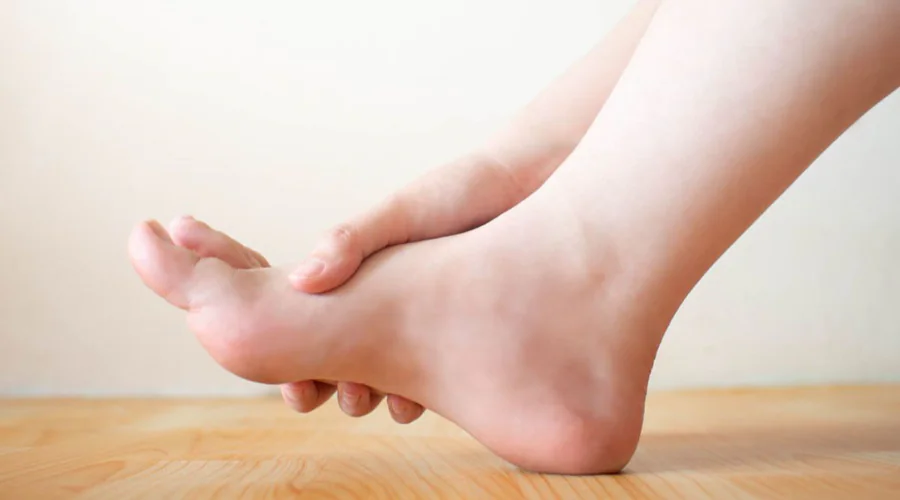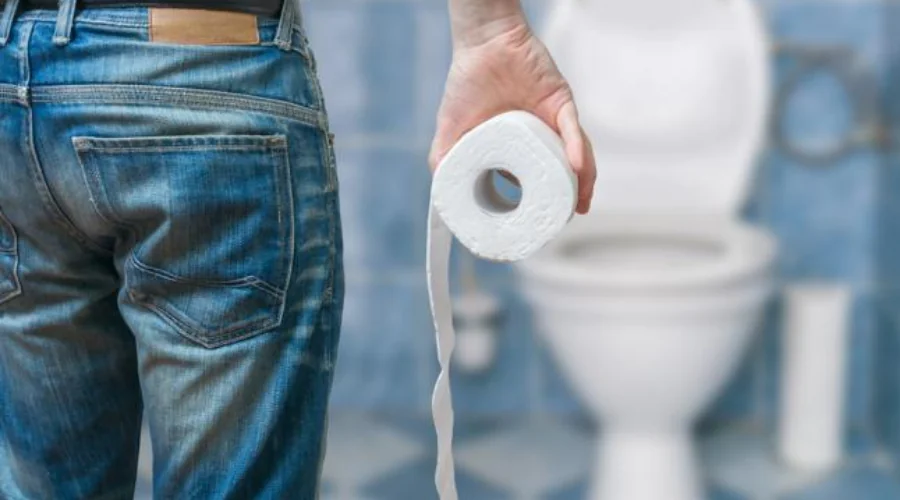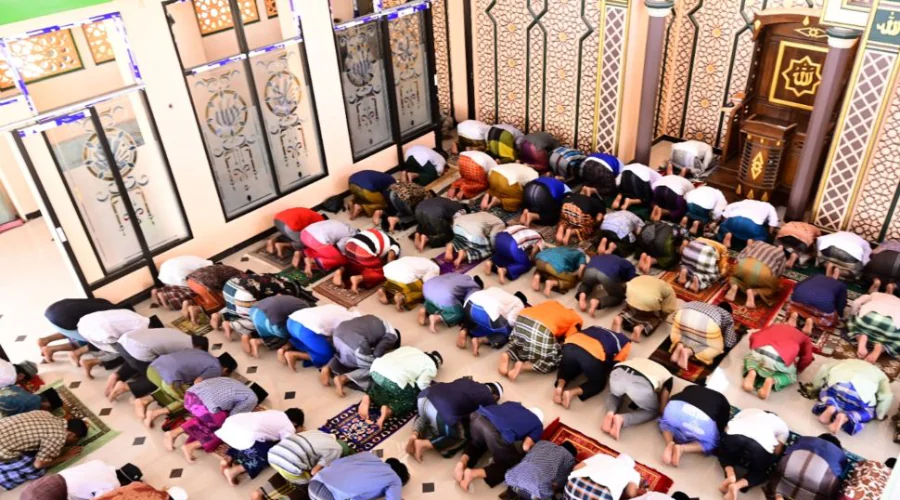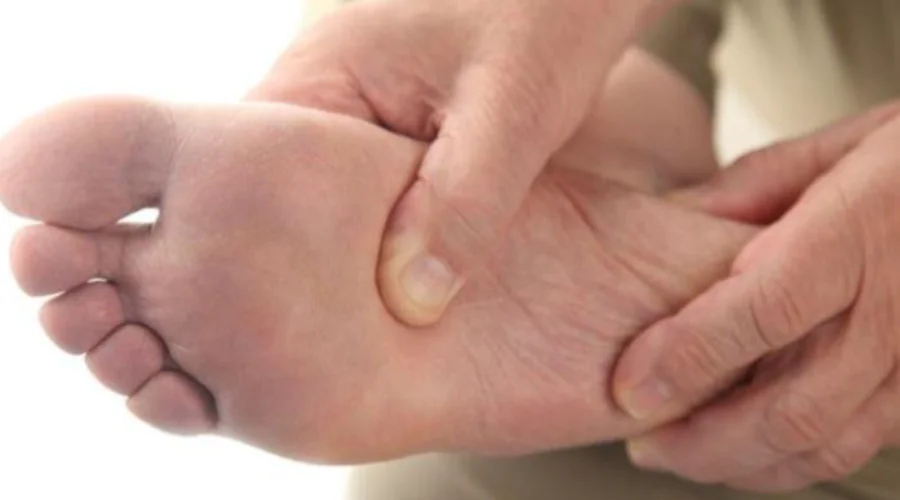
- 16 Jun
- 2022
Ilustrasi gambar (freepik)
Dosen UM Surabaya: Ini Tanda Kolesterol Tinggi yang Muncul di Kaki
Cholesterol metabolism in humans involves many organs. About 90 percent of the cholesterol in the body's cells is in the plasma membrane. Under normal circumstances, cholesterol is actually needed by the body so that the body can function normally. Cholesterol is used throughout the body for a variety of important functions, one of which is aiding in the digestion of dietary fats.
Symptoms of high cholesterol can be seen from the feet, high cholesterol is bad for the body and can occur in parents up to their teens.
Suyatno Hadi Saputro, a lecturer at the Faculty of Health Sciences, D3 Nursing Study Program, UM Surabaya, explained that cholesterol is carried throughout the body as cholesterol esters packed with fat and protein. The intestine collects dietary cholesterol into particles called chylomicrons which are transported through the blood and finally taken up by the liver.
Then the liver packages food and cholesterol into Low Density Lipoprotein (LDL). Excessive levels of bad LDL cholesterol in the body will increase the risk of sudden heart attacks, strokes, and other health problems. Most of the causes of high cholesterol or hypercholesterolemia are related to an unhealthy lifestyle. Lifestyle factors are most often the cause of high cholesterol.
According to Yatno, there are six signs of high cholesterol in the feet that need to be watched out for. The first is tingling. According to research, high cholesterol is associated with disorders of the peripheral nerves. High cholesterol causes a dangerous accumulation and other deposits in the artery walls (atherosclerosis).
“Another sign is leg pain. If there has been a blockage of the arteries in the legs, it will cause the oxygen carried by the blood not to reach the body parts to decrease. This makes the legs feel heavy and the body gets tired quickly,” explained Yatno Thursday (16/6/22)
According to him, people with high cholesterol often complain of burning feet, pain in the thighs and calves. This pain often occurs when walking, even at close range.
Third is leg cramps. Continuous cramps, especially during sleep, need to be watched out for. This symptom is often felt in the heel, forefoot, and toes. This is more often felt at night, especially during sleep breaks. This is due to decreased blood flow so that oxygen levels decrease. According to Yatno, one solution is to hang your feet from the bed or sit to relieve cramps.
"Another sign is a change in the color of the skin and nails due to a lack of blood flow or decreased oxygen levels in the blood. Cells in the area do not get enough nutrition due to reduced blood flow," he added.
According to him, without adequate oxygen and nutrition, the skin will be dry, while the toenails will grow thicker and slower, a paler color.
Furthermore, another sign is that the feet feel cold continuously even in hot weather. This is a sign that cholesterol in the blood is too high, thereby reducing the rate of blood flow that carries nutrients and oxygen to the feet. Feet that become cold can occur in only one leg or both legs.
“Finally, there are wounds on the legs that are difficult to heal. When blood flow to the feet is disrupted, the legs will lack nutrition and oxygen and the wound usually turns brown or black (dead tissue)," he added.
At the end of his statement, he advised that if someone experiences some of the symptoms above, immediately get checked out or ask for help from the nearest health worker.










(0) Comments